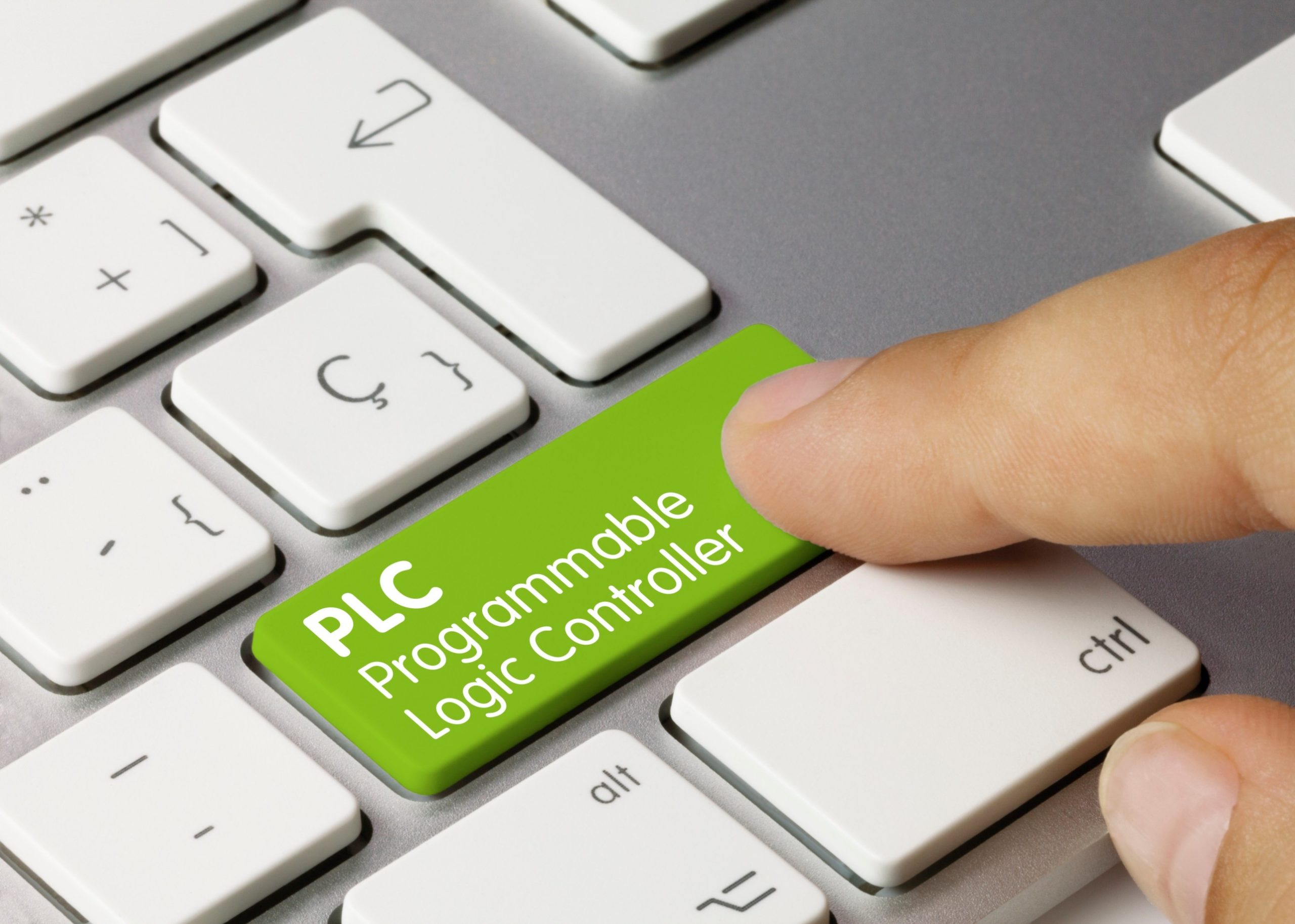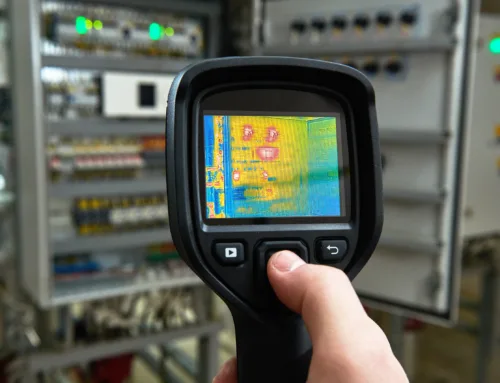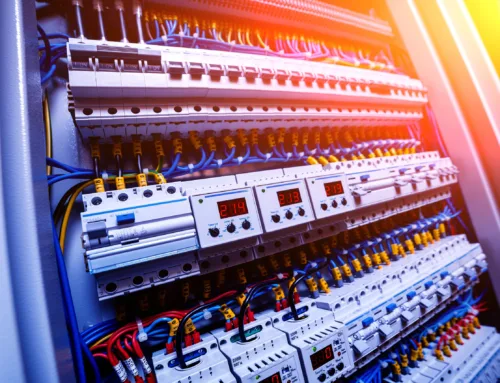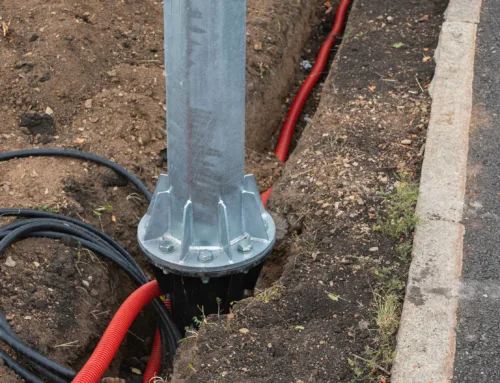What is a PLC Control System?
A PLC programming control system is the key to industrial and electrical automation. Programmable Logic Controller (PLC), is an industrial computer control system that constantly monitors the state of input devices and makes decisions based upon a custom program to control the state of output devices.
PLC based automation is often used in factories and industrial plants to control motors, pumps, lights, fans, circuit breakers, and other machinery.
A PLC system comes in different sizes and shapes, and the small ones are tiny enough to fit in your pocket while some are relatively big, and they can only fit in huge racks designed specifically as per the PLC system.
What are the Types of PLC Programming Languages?
There are 5 main types of PLC programming languages, which are:
- Ladder Logic: a graphical PLC programming language based on relay logic circuit diagrams. As the name implies, ladder Logic consists of two parallel bars connected by a series of rungs, resembling a ladder in appearance.
- Function Block Diagram: another graphical language, Function Block Diagrams consist of various kinds of blocks that have inputs and outputs. Devices connected to the PLC can be linked to an input, and variables can be sent to the output.
- Sequential Function Charts: the third graphical language, Sequential Function Charts using language based on GRAFCET, closely resembling computer science algorithm flowcharts. Due to the nature of its architecture, SFC controls a program’s operational flow.
- Structured Text: using a textual language, Structured Text language works with syntax comparable to C or C++. Structured Text is a concise language that executes quickly and can be read without much difficulty.
- Instruction List: the least common language, Instruction List is a low-level textual PLC programming language. The Instruction List language was deprecated in the IEC’s standard and is not likely to be added to any new or modern PLC’s.
Each of the languages listed above falls into one of two categories: graphical or textual. Graphical languages are crafted with visual elements, whereas textual languages use strings of text.
What is PLC Programming, and Why is it Important?
PLC programming is the act of creating internal logic for a programmable logic controller. A PLC program consists of a set of instructions either in textual or graphical form, which represents the logic to be implemented for specific industrial real-time applications. PLC programming consists of designing and implementing control applications depending on the customer’s needs.
The PLC can also control, monitor or record important data such as the operating temperature and the level of machine productivity.
A PLC system also helps in mechanical, industrial, and electrical automation. This makes the PLC very flexible. More so, its robustness also ensures that it can be quite fitting and ideal for many types of applications.
PLC programming is responsible for all the growth in various industries, manufacturing processes, and even the entertainment industry. Without PLC, from transportation and manufacturing to amusement rides or the movie-making process wouldn’t be possible. That’s why a PLC system is very important and needed by all kinds of industries.
How Does a PLC Control System Work?
The most important components of a PLC control system are its CPU, its input and output modules, its rack and its power supply. The CPU is the brain of the PLC; it handles the mathematical heavy lifting required to run an automated system at an extreme speed.
When it comes to the workings of a PLC system, there are four basic steps in the operation of all PLCs, which continually take place in a repeating loop (as shown in the image below).
1. Input Scan
It perceives the condition of the several input devices that are linked or connected to the PLC at any given time.
2. Program Scan
Here the PLC system executes the program logic created by the user.
3. Output Scan
It activates or deactivates all the devices that are connected to the PLC system.
4. Housekeeping
This involves the transmission between the terminals and other diagnostics. This also includes the power supply, processor, and rack or mounting as referred to by some.
What Product Is a PLC Used to Replace?
Did you ever work with a large, automated machine installed back in the 1980s or earlier? If yes, then you would have noticed these automated machines typically come installed with multiple large electrical panels containing hundreds or thousands of mechanical relays.
In a sense, a PLC system is a box containing tens of thousands of digital relays – through a PLC can handle tasks much more complex than binary logic as well.
In today’s time, a single PLC system can replace all of the previously used digital relays that are prone to mechanical wear. The benefits of doing so are incredible because you are spending less money on maintaining relays, wiring, floor space, etc.
—
Still not sure if a PLC system is the right fit for your industry? Contact the experts at RBT Electrical and Automation at 519-752-3675 and we will be happy to find a solution that best fits your business needs.







